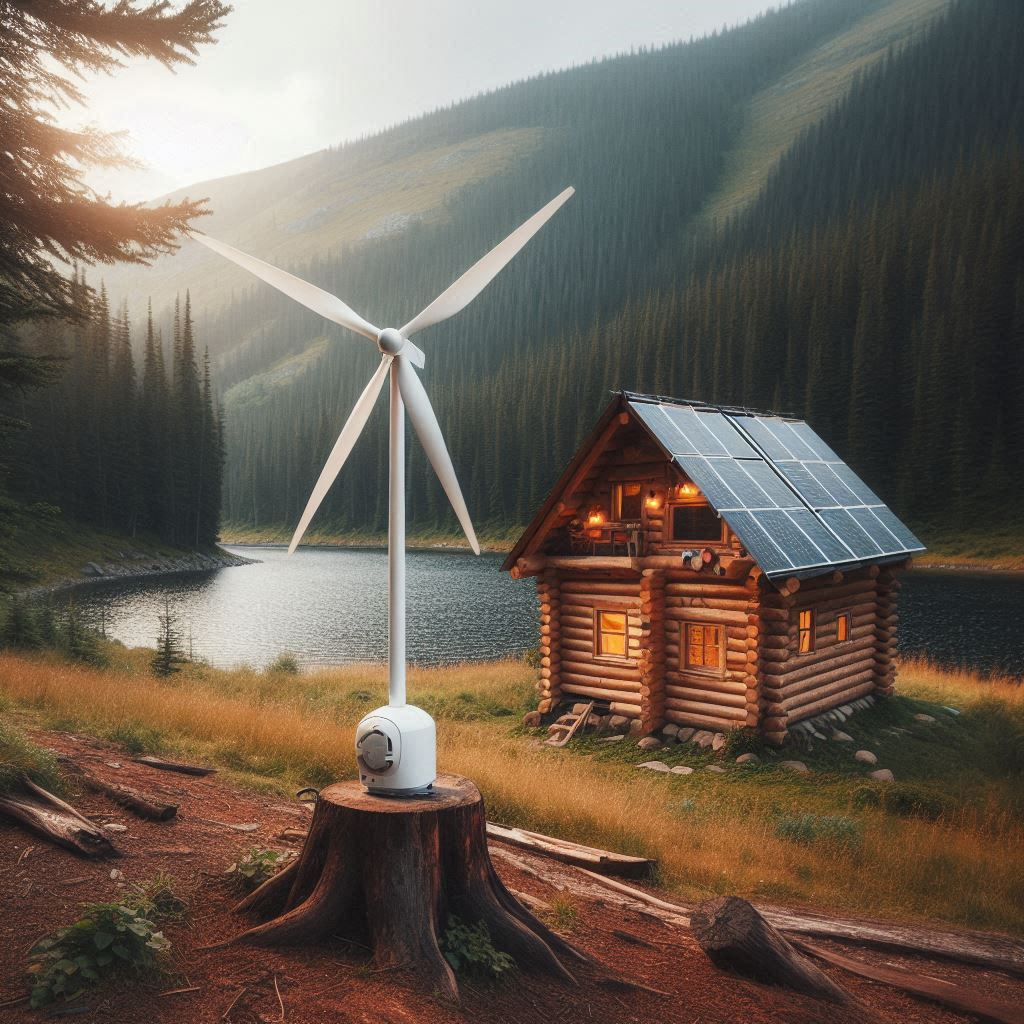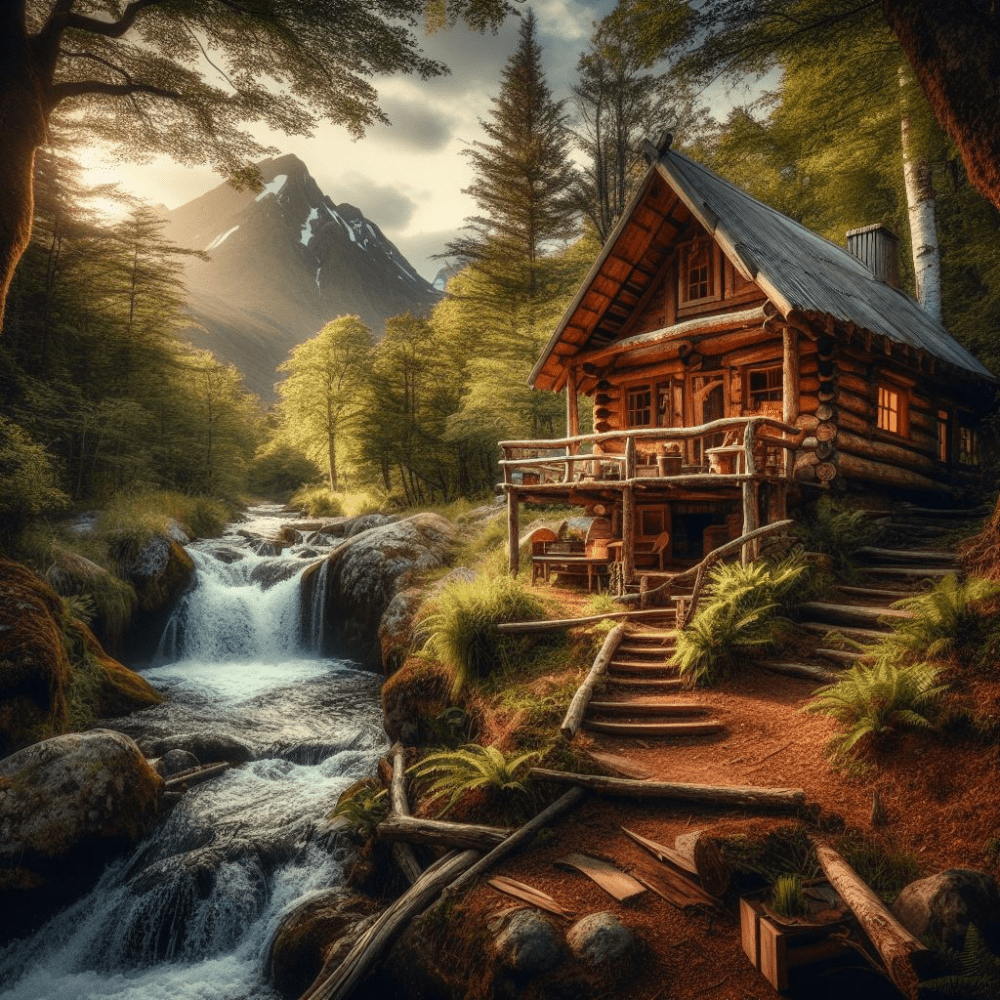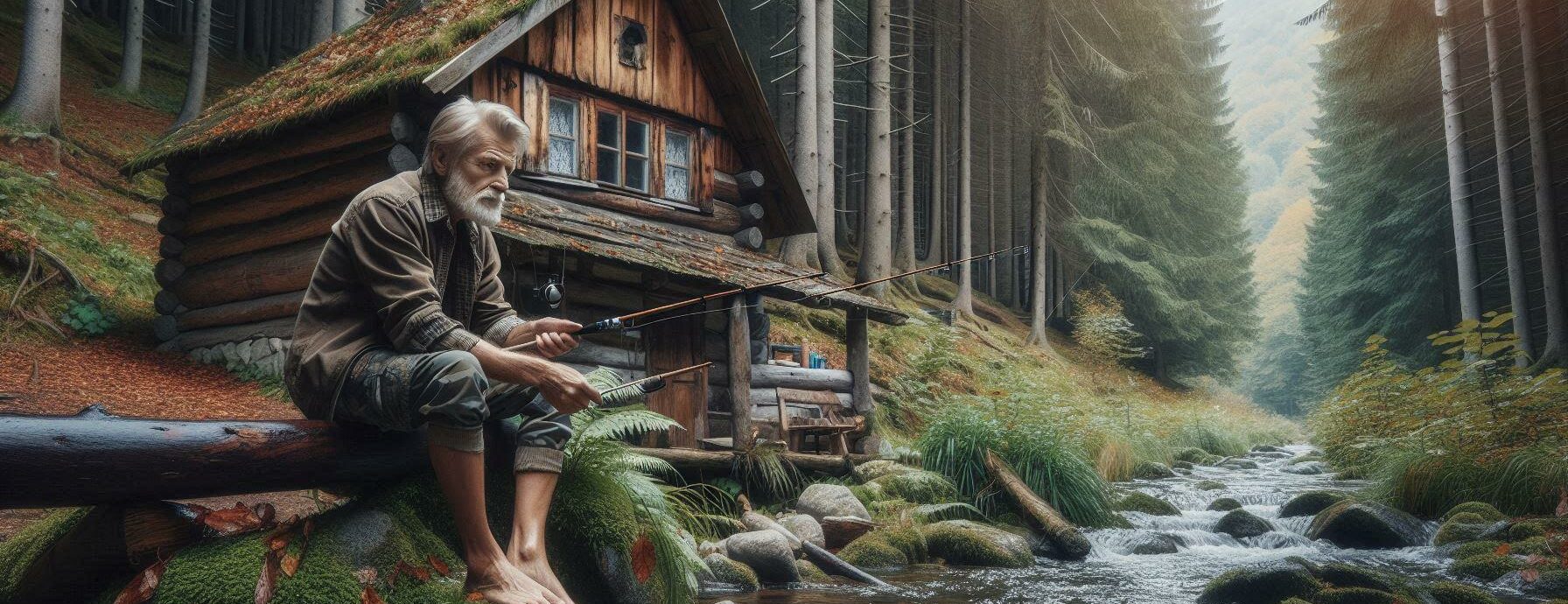The dream of living off the grid starts with understanding what you actually need. It’s all about knowing what’s essential for your lifestyle. Are you looking for a quiet, remote escape, or do you want a self-sufficient homestead? Your choice will influence everything, from the cabin size to the kind of utilities you’ll need.
Lifestyle priorities come next. Think about daily routines and what’s non-negotiable. If you love to garden, land with fertile soil is crucial. If you’re big on tech, ensuring dependable solar power or other renewable energy sources is key. Prioritizing your needs can save lots of headaches down the road.
Don’t forget amenities. Even off the grid, some comforts are necessary. Running water, sanitation systems, and reliable energy sources aren’t just modern conveniences—they’re essentials. Do you need a water source like a well or nearby stream? How about a septic system or composting toilet? These are the nitty-gritty details that’ll make or break your comfort level.

Energy and water requirements go hand-in-hand with amenities. Evaluate potential energy sources—solar, wind, hydro—depending on your location. Water sources could be rain catchment systems, wells, or natural bodies of water. Remember, where your resources come from will dictate maintenance and sustainability efforts later.
Finally, consider how close you want to be to services and communities. Being near a small town can provide a safety net for supplies, healthcare, and social interaction, while still giving you the privacy and serenity of off-grid life. It’s about balancing isolation with convenient access to what you need.
Choosing the Right Climate and Geography
Evaluating the climate is crucial. Some prefer cold, snowy winters, while others thrive in sunny, warm environments. Knowing your preferences will steer you towards a place you’ll comfortably enjoy year-round. Weather extremes, like harsh winters or blazing summers, can test your resilience and impact what your cabin needs.
Geography plays a massive role too. Whether you dream of a mountain retreat, a forest hideaway, or an open plain, each comes with its pros and cons. Mountains offer seclusion and beauty but might be harder to access and maintain. Forests bring natural resources but require constant maintenance to mitigate fire risks. Wide-open plains provide space and sunlight but can have harsher weather conditions.
Understanding weather patterns is part of the game. Regular rainfall can support gardening but also requires good drainage systems to avoid waterlogging. Checking historical data can give you a better picture and help plan for both the best and worst-case scenarios.
Natural disaster risks can’t be ignored. Researching the frequency of events like floods, earthquakes, or hurricanes in your area of interest is simple due diligence. It’s not just about the odds of these occurring but also about preparedness and building a resilient off-grid cabin.
Soil quality is often overlooked but essential if you plan to grow your own food. Investing in a land survey to check soil composition can save future headaches. Fertile soil means less need for additional fertilizers and healthier crops. It’s a small step for significant long-term benefits.
Legal and Logistical Considerations
Understanding zoning laws is essential. Not all land is available for off-grid living, so checking local zoning regulations before purchasing is a must. Some areas might have restrictions on building types, land use, and even the size of your cabin.

Property rights and land use restrictions can be tricky. It’s not just about what you can or can’t build; it’s also about how you can use the land. Some places have strict rules on water usage, waste disposal, and even the kind of vegetation you can plant.
The permitting process might feel like navigating through a maze, but it’s crucial. Permits for building, electrical hookups, sanitation systems, and even water access vary widely by location. Understanding what’s required up front saves time and frustration later.
Access to emergency services is a safety net you don’t want to overlook. Even in the most remote areas, knowing the nearest hospital or emergency service provider can be a lifesaver—literally. Setting up a communication plan in case of emergencies is a good idea too.
Finally, road access and transportation options are practical concerns that can’t be ignored. Seasonal access issues, road maintenance, and distance from main roads can have significant impacts on your daily life. Ensure there’s a reliable way to reach your cabin year-round, whether by car, bike, or foot.
Sustainability and Environmental Impact
Using renewable energy sources is more important than ever. Solar panels, wind turbines, or even small-scale hydro systems can make your off-grid cabin entirely self-sufficient. Each option has its benefits and limitations, and the best choice often depends on your specific location and needs.

Choosing sustainable building materials isn’t just good for the planet; it also often means better insulation and durability. Options like reclaimed wood, straw bales, and even recycled metal can create a cozy, efficient living space that stands the test of time.
Waste management needs to be top-of-mind. Composting toilets, greywater systems, and carefully planned waste disposal can keep your living environment clean and sustainable. What might seem like extra effort makes a significant difference in maintaining the health of your immediate environment.
Local wildlife and ecosystems should be protected. Avoid disturbing the natural habitat as much as possible. This might include planting local flora to encourage native species to thrive or setting up buffer zones to protect sensitive areas. Small steps can have big impacts on the local ecosystem’s health.
Ensuring long-term sustainability is about thinking ahead. Plan for how you’ll maintain your systems, where replacement parts might come from, and how your presence affects the land over time. Sustainability isn’t just about today; it’s about building a future-proof lifestyle.





